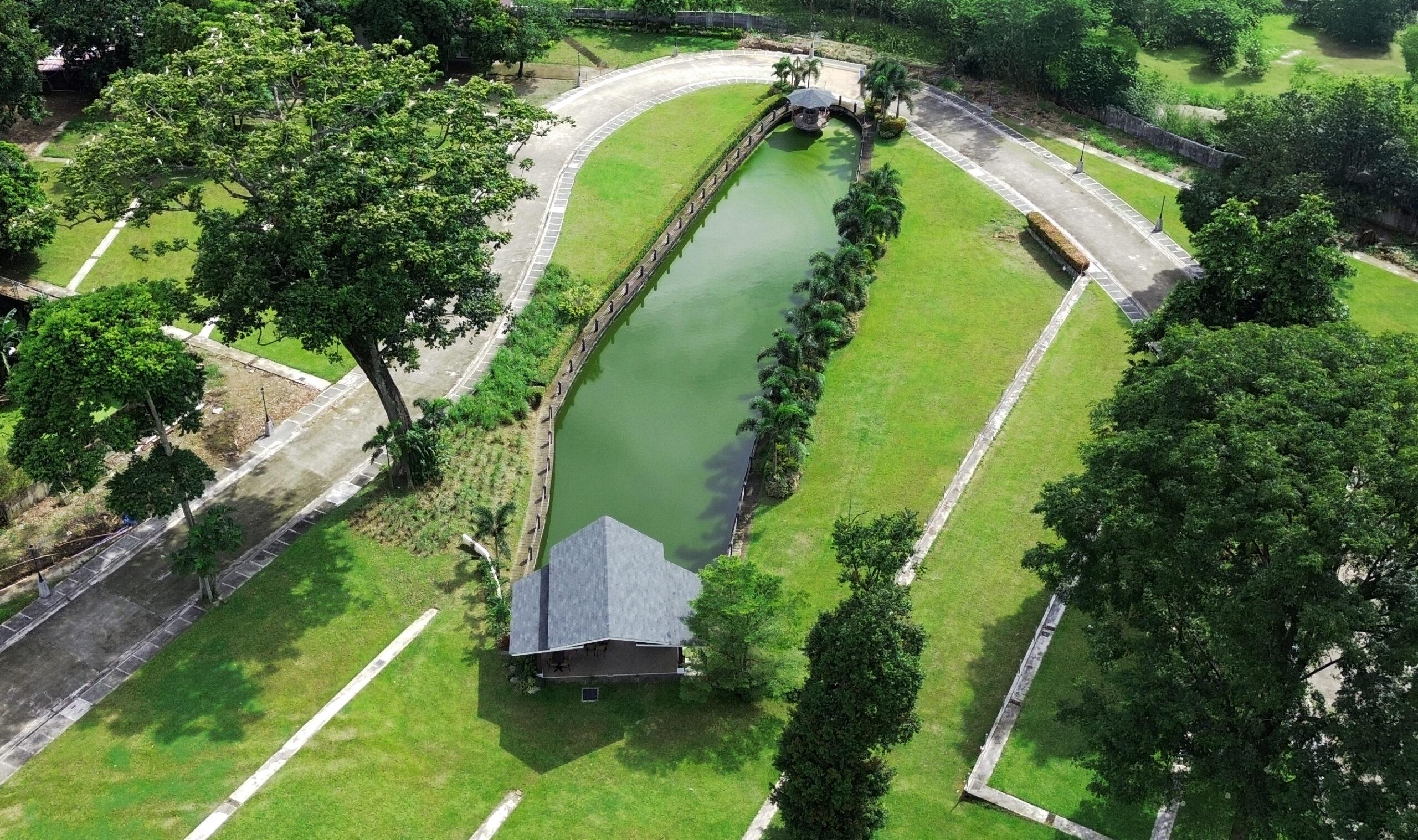As the Philippines grapples with its unique geographical challenges and an overburdened healthcare system, telemedicine is emerging as a vital solution, bringing medical expertise to Filipinos across the archipelago.
This digital health revolution, catalyzed by the COVID-19 pandemic, is making healthcare more accessible than ever before. Accessing telemedicine services in the Philippines is straightforward.
Popular platforms SeeYouDoc can be downloaded from app stores on smartphones or accessed via web browsers. Users typically need to create an account, providing basic personal information and sometimes medical history.
Patients can then schedule appointments with general practitioners or specialists, often within the same day. Video calls are the most common format for consultations, but some services also offer chat or voice call options.
To use telemedicine services, you’ll need a few essentials. A smartphone, tablet, or computer with a camera and microphone is crucial for video consultations. A stable internet connection is also vital to ensure a smooth interaction with your healthcare provider.
Most platforms require a payment method, such as credit/debit cards or e-wallets. It’s also helpful to have any relevant medical records on hand for reference during your consultation. Telemedicine services in the Philippines offer a wide range of options.
Beyond general consultations, patients can receive specialist referrals, mental health support, and even obtain e-prescriptions. Some platforms also facilitate lab test requests and provide medical certificates for minor conditions. Cost-wise, telemedicine often proves more affordable than in-person visits.
Consultation fees typically range from PHP 300 to PHP 1000, depending on the specialist. Encouragingly, some PhilHealth packages now cover telemedicine services, and several HMOs have incorporated telehealth benefits into their plans, making it even more accessible.
The legal framework for telemedicine in the Philippines is evolving to keep pace with its growth. The Department of Health has issued guidelines for telemedicine practice through Joint Memorandum Circular No. 2020-0001, ensuring the quality and safety of these services.
Patient privacy is protected under the Data Privacy Act of 2012, which covers information shared during teleconsultations. Despite its rapid growth, telemedicine faces several challenges. Internet connectivity in rural areas remains a concern, and there’s a digital literacy gap, particularly among older populations.
Moreover, certain medical conditions still require inperson examinations, limiting the scope of telemedicine. Looking to the future, the prospects for telemedicine are bright. As technology advances, we can expect to see integration of AI for preliminary diagnoses, wearable devices for remote monitoring, and possibly even telesurgery.
The Philippine government is also working on improving digital infrastructure to support the growth of telemedicine. Telemedicine is not just a stopgap measure but a glimpse into the future of healthcare in the Philippines.
By embracing this technology, Filipinos can access quality healthcare from the comfort of their homes, whether they’re in the heart of Metro Manila or on the shores of far-flung islands. As awareness grows and technology improves, telemedicine is set to play an increasingly crucial role in the Philippine healthcare landscape, bringing the nation one step closer to universal health coverage.






